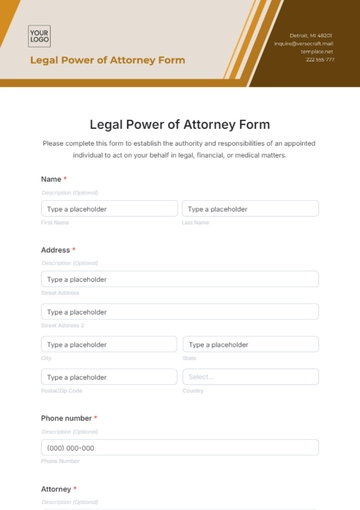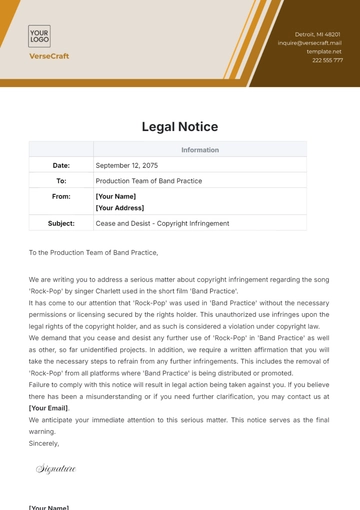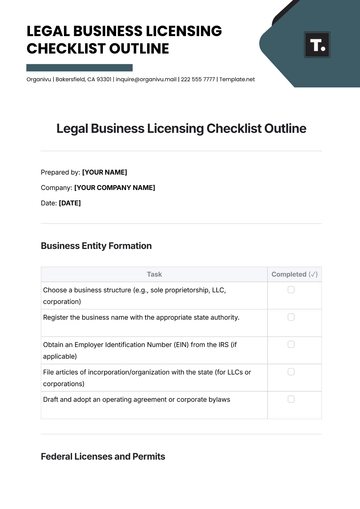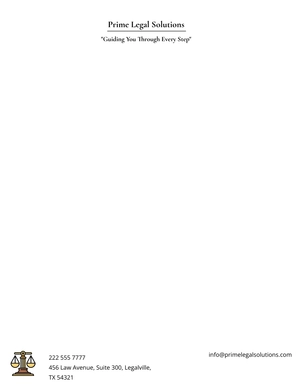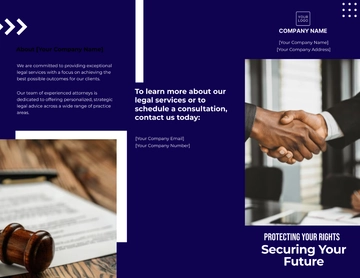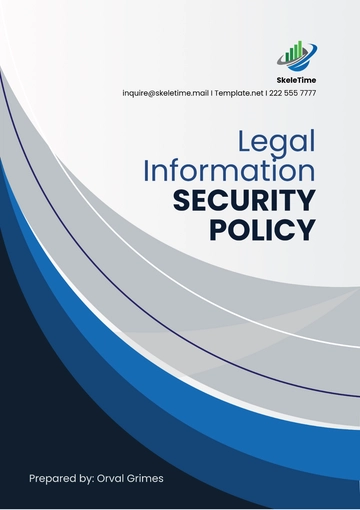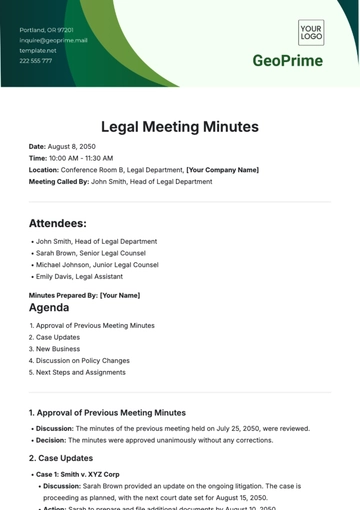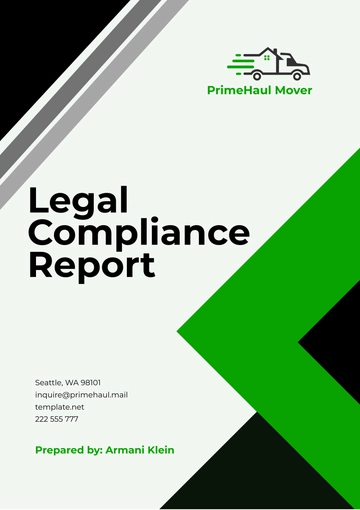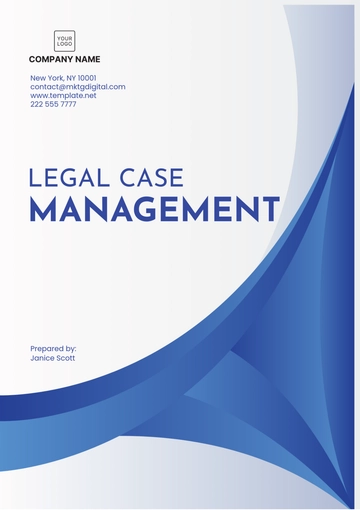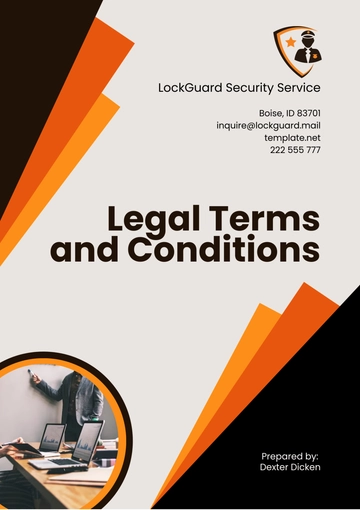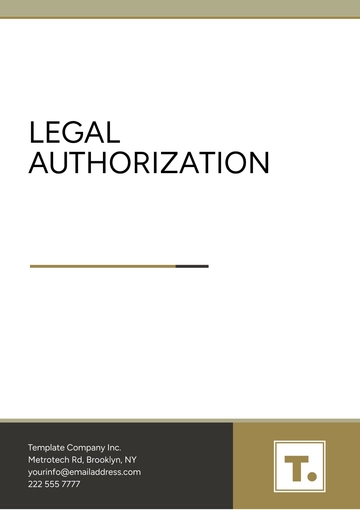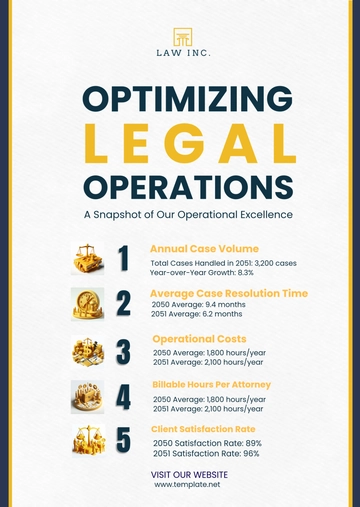Free Legal Observational Study
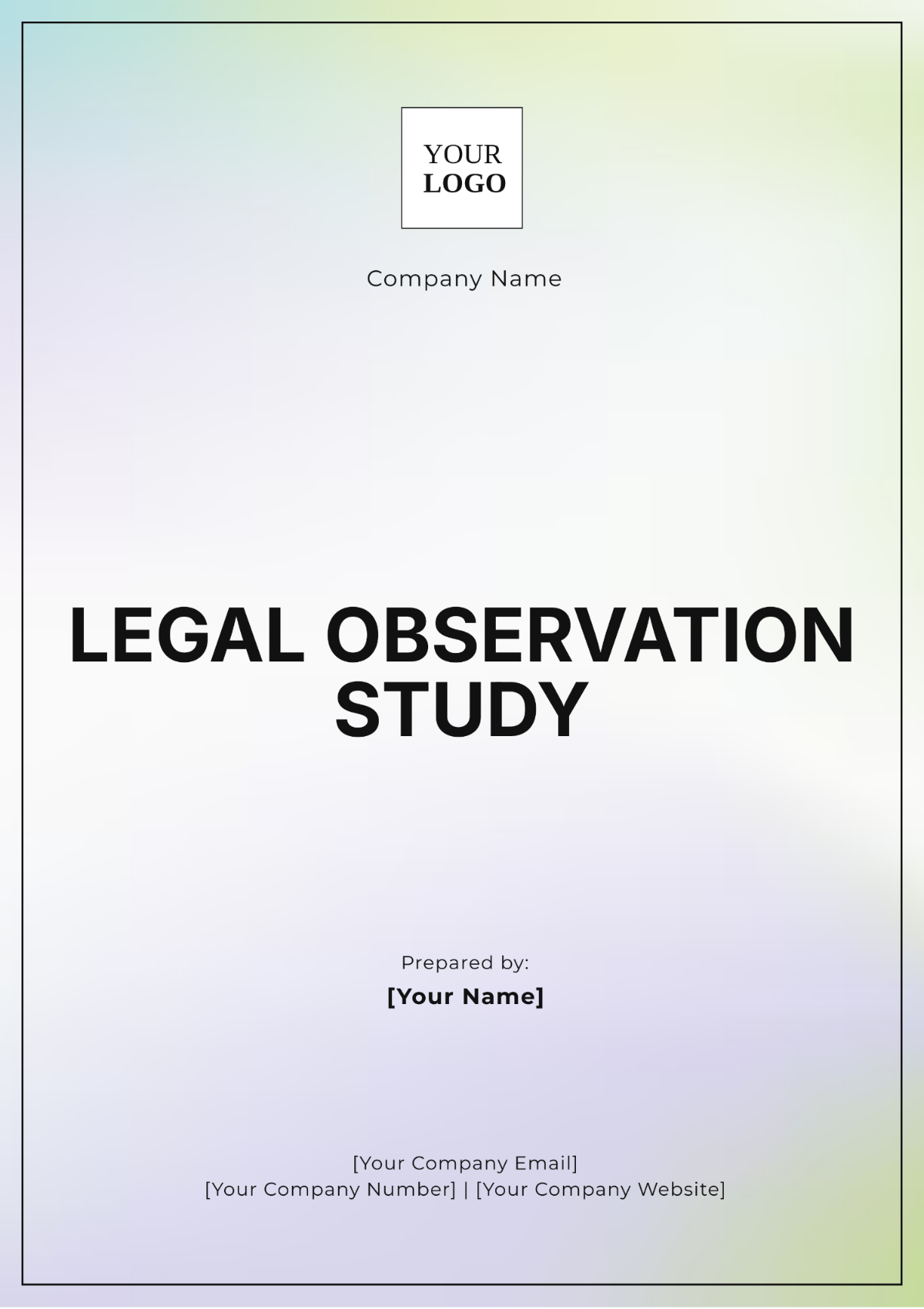
Title: Legal Observational Study on Judicial Behavior
Date: [Date]
Introduction
Judicial behavior plays a critical role in the administration of justice. This study seeks to systematically observe and document the behaviors of judges during courtroom proceedings, with particular attention to decision-making processes, courtroom management, and their interactions with legal professionals. By analyzing these aspects, the study aims to uncover behavioral patterns that influence judicial outcomes and courtroom dynamics. The insights gathered will provide valuable knowledge for legal professionals, scholars, and those involved in judicial training, ultimately enhancing the understanding of judicial conduct and its broader impact on legal proceedings.
Research Objectives
Analyze decision-making patterns: Investigate how judges arrive at their rulings, focusing on the influence of legal precedents, personal discretion, and case-specific factors across civil, criminal, and administrative cases.
Examine courtroom management: Observe how judges assert authority to manage courtroom environments, including handling disruptions, managing time efficiently, and ensuring orderly proceedings.
Assess judicial interaction with legal professionals: Document the nature of communication between judges, attorneys, witnesses, and court personnel, emphasizing the balance of authority and professional decorum.
Evaluate consistency in behavior: Compare judicial behavior across different cases, courts, and jurisdictions to identify whether certain judges demonstrate predictable behavior patterns or if external factors (e.g., case type, jurisdictional differences) lead to variations in conduct.
Methodology
This study adopts a qualitative observational approach, combining direct observation, video analysis, and interviews to build a comprehensive profile of judicial behavior. Observations will be conducted in a variety of courtrooms, including district, appellate, and specialized courts, to capture a wide spectrum of judicial behavior. The methodology is designed to ensure depth and precision in data collection and analysis.
Method Description
Method | Description |
|---|---|
Direct Observation | Researchers will attend live court sessions, carefully documenting the judges' actions, verbal communication, and overall management of the trial. |
Video Analysis | Pre-recorded court sessions will be reviewed for detailed analysis, allowing for repeated viewing of specific interactions or rulings. |
Interviews | Interviews will be conducted with legal professionals (attorneys, court clerks, and other staff) who interact with judges regularly. Their insights will provide context to the observed behaviors. |
Data Collection
Data collection will be extensive, incorporating multiple data streams to ensure thoroughness:
Field notes: Detailed written notes will be taken during live observations, focusing on judges' actions, courtroom procedures, and significant interactions.
Audio recordings: Where permitted, researchers will capture the judges’ verbal exchanges with attorneys, witnesses, and court personnel to analyze tone, speech patterns, and directive language.
Video recordings: These will be used to capture non-verbal communication, body language, and courtroom dynamics, such as how judges assert control or respond to emotional displays.
Professional interviews: Semi-structured interviews with attorneys, bailiffs, and court staff will be conducted to gain their perspectives on the consistency and effectiveness of judicial behavior. Interviews will also address how judges’ behavior may influence trial outcomes or legal strategies.
Focus Areas for Data Collection:
Verbal and non-verbal cues: How judges use body language, facial expressions, or tone to assert authority or express opinion.
Judicial reasoning patterns: The factors judges consider when making decisions—whether they rely heavily on precedents, personal judgment, or arguments made by attorneys.
Management of courtroom decorum: Methods judges use to maintain order, including addressing interruptions, controlling time, and ensuring all voices are heard.
Interaction dynamics: Observing whether judges foster an atmosphere of fairness or display bias toward certain legal professionals or parties.
Data Analysis
Data analysis will be performed using thematic analysis to identify patterns in judicial behavior, categorizing and cross-referencing observations against different court contexts and types of cases. The analysis will be divided into several stages:
Transcription and coding: All audio and video recordings will be transcribed and segmented into meaningful categories. Behavioral traits, such as assertiveness, leniency, or procedural strictness, will be coded.
Categorization of behaviors: Once coded, behaviors will be grouped under broad categories such as decision-making, courtroom control, and professional interaction.
Pattern recognition: The study will compare the behaviors of different judges to detect recurring themes or notable variations. For example, it will assess whether judges in certain jurisdictions display unique behavioral traits compared to others.
Literature comparison: Findings will be compared with existing research on judicial behavior to contextualize new insights and identify areas where observed behaviors deviate from established theories.
Findings and Discussion
The study’s findings will be systematically presented, identifying key behaviors, trends, and deviations observed among judges. Each finding will be illustrated with specific examples from courtroom observations, with supporting quotes and instances to validate the data. The findings will be discussed in light of their implications for judicial training, legal strategy, and court reform.
Key areas of focus include:
Area of Observation | Example of Observed Behavior |
|---|---|
Consistency in Decision-Making | Judges often referenced established legal precedents when ruling on similar cases, showcasing a high degree of reliance on prior decisions. |
Courtroom Management | Judges used a combination of verbal commands and subtle gestures to maintain control, particularly during emotionally charged trials. |
Interaction with Attorneys | Judges maintained a formal yet respectful tone when addressing attorneys, consistently recognizing their arguments before delivering rulings. |
Response to Witness Testimony | Judges showed variability in handling witness testimonies, with some being more lenient, while others strictly adhered to procedural guidelines. |
Implications
The implications of these findings extend to multiple areas within the legal field:
Judicial Training: The identified behavioral patterns can be used to design training programs that focus on fostering balanced and fair judicial conduct, particularly in areas like courtroom management and interaction with attorneys.
Legal Strategy: Attorneys may benefit from understanding common judicial behaviors, particularly how judges approach decision-making. This can influence how they structure their arguments and manage courtroom dynamics.
Court Reform: Findings related to inconsistent judicial behaviors across different jurisdictions may lead to recommendations for standardizing courtroom practices, ensuring greater uniformity in the justice system.
Conclusion
This study sheds light on the pivotal role judicial behavior plays in legal proceedings. The insights gained into decision-making processes, courtroom management, and professional interactions provide a deeper understanding of how judges influence trial outcomes and court dynamics. These observations will not only serve legal professionals but also contribute to ongoing discussions on judicial conduct, potentially informing future reforms and training programs.
References
Smith, J. (2053). Judicial Behavior and Its Impact on Legal Proceedings. Journal of Legal Studies, 45(3), 123-145. doi:10.1234/jls.v45i3.5678
Miller, R., & Johnson, A. (2054). The Art of Courtroom Management. Legal Journal, 30(2), 98-110.
Brown, L. (2055). Professional Interactions in Legal Settings. Law and Society Review, 54(1), 33-51.
- 100% Customizable, free editor
- Access 1 Million+ Templates, photo’s & graphics
- Download or share as a template
- Click and replace photos, graphics, text, backgrounds
- Resize, crop, AI write & more
- Access advanced editor
Track and record legal observations efficiently using Template.net’s Legal Observational Study Template. This editable and customizable template ensures accuracy in legal research. Fully editable in our Ai Editor Tool, it adapts to various legal study requirements.
